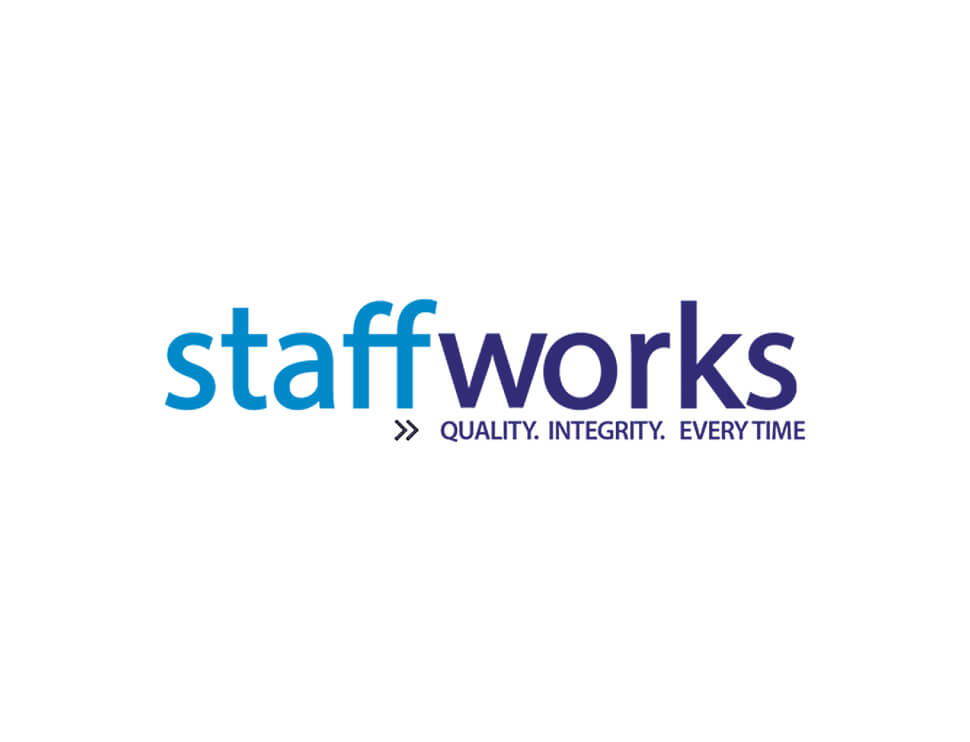3 tips for creating an effective job description
Creating job descriptions can sometimes seem like a daunting task. Here are three useful tips on putting together an effective job description that attracts the right talent to your organization:
Get the basics right
Your job title should match the actual description, responsibilities, and level of seniority or experience required in the job. This will ensure you’re attracting the most relevant talent. Having an accurate title will also improve the searchability of your job.
Salary is one of the biggest motivations for applying for a new position. Despite how appealing your position might be, some of the best talent could quickly pass by if you don’t indicate the level of compensation. At the very least, include a salary bracket to allow for some negotiation. The inclusion of a salary is also helpful to potential applicants as it provides a guide to the level of the position.
Know the difference; responsibilities, requirements and preferences
Focus on the most important aspects of the role and be detailed about what these would entail, rather than giving a lengthy but unspecific list. Also be sure to differentiate between what is required in a candidate and what is simply preferred, otherwise you might risk missing out on exceptional candidates just because they don’t tick some of the less important boxes.
Inputting keywords and the skills required will optimize your job posting in search engines so that you can find the most relevant talent. This is especially helpful if you use a title that fits with your company culture but is not the most common title for the position. For example, if you choose ‘Sales Superstar’ instead of ‘Business Development Executive’, adding relevant skills will ensure the job is still easily picked up.
Keep it simple, concise, and easy to read
No matter how complex the position is, make sure your specifications can be easily digested by a candidate. They are likely to be going through job posting after job posting, so avoid using large blocks of text, overly complicated terminology, and unnecessary jargon. Even the most experienced and passionate candidates could be deterred by this. A handy tip is to use bullet points to break up information.
Include the workstyle options, start date, and hours!
This will immediately cut out the candidates who are not suitable for the role, for instance, those who might not be available to start immediately or who can only work a certain number of hours a week. Nowadays, talent might be led to your job post from multiple sources so make sure you’re specifying whether the position is remote, hybrid, or on-site. If the role is hybrid or on-site, specify exact location of their primary workplace, so that you can also filter out candidates who fall outside of a reasonable commute.
The Staffworks team can help optimize your job descriptions as part of our services. Contact Staffworks to learn more about making us a part of your recruitment strategy.



